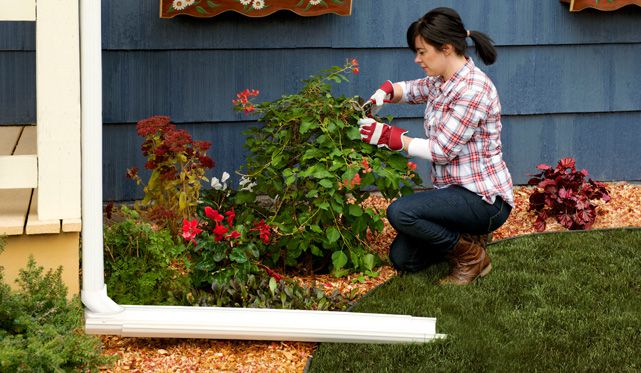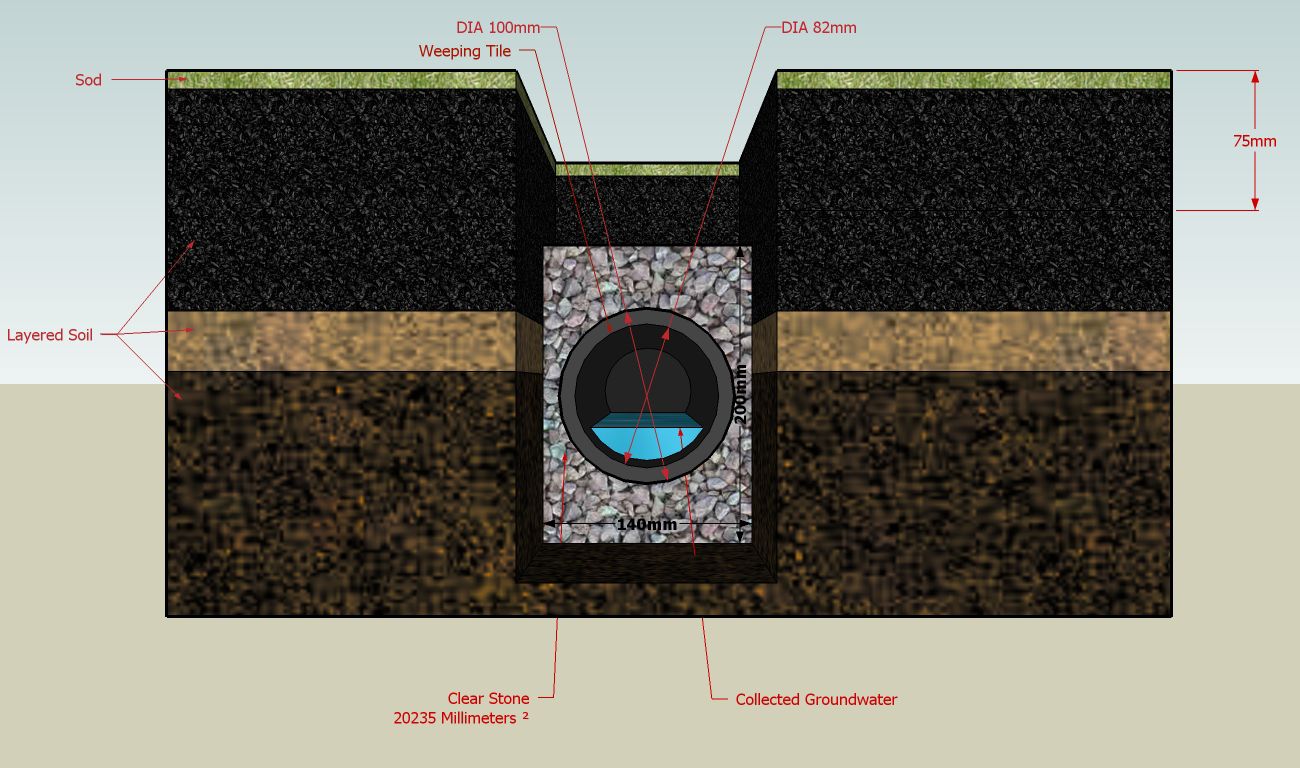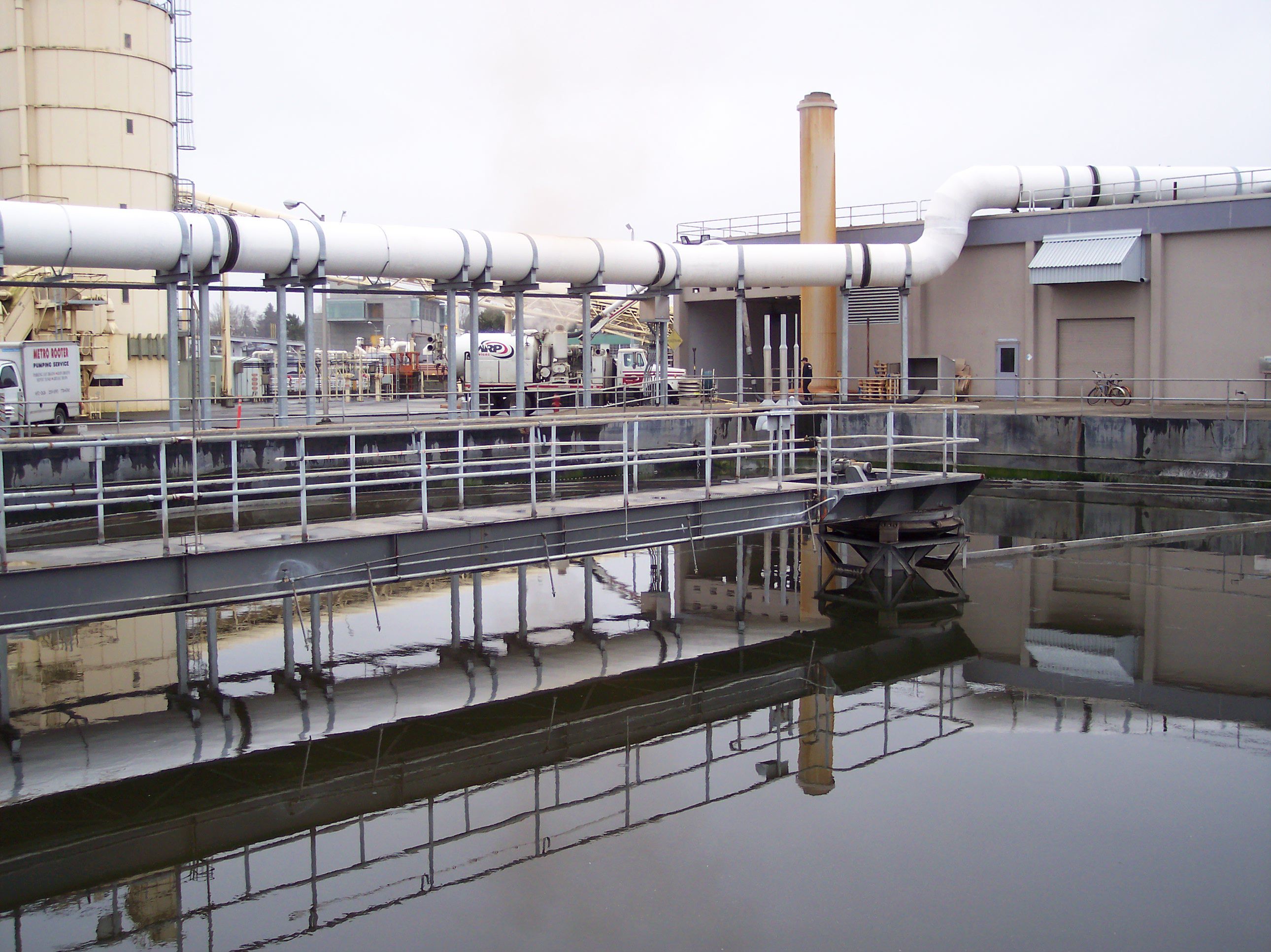
Disconnecting Gutters
For several years, Canadian municipalities have been part of a program intended to reduce the amount of water treated by water treatment plants. At the same time, they are helping to reduce the frequency of overflows that cannot be filtered at municipal stations and that would otherwise be discharged into nearby bodies of water. The program offers several solutions such as green roofs, porous asphalt, adding a retention pond and disconnecting gutters from the sewer system.
CONNECT TO BETTER DISCONNECT
One low-cost solution is to reduce the inflow of rainwater to city sewer systems by no longer collecting rainwater from gutter systems in residential areas. This water is clean and can be returned to bodies of water without treatment, thereby reducing the burden on the system. It has become common practice for people to connect downspouts to French drains in an effort to prevent soil erosion, but the issue has been overlooked. This solution leads to even more problems: it greatly increases the risk of water seeping into buildings.

Percolation Trench
The primary purpose of a gutter system is to keep rainwater at least 2 metres away from the foundations. Gutters can stay connected, but to a specially designed percolation trench (check your municipality’s bylaws). Any installation must always be performed so as to keep runoff from the roof away from the building.
BYLAWS ARE IMPORTANT
Cities are taking a variety of different steps to help secure the basements of their residents. Nevertheless, it remains to be seen whether the measures in place to reduce wastewater filtration costs will result in lower taxes!
